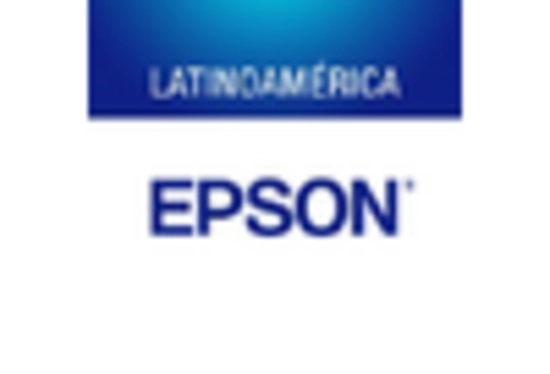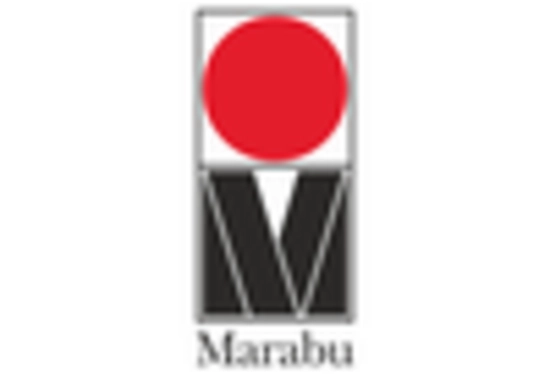Increase in Packaging Applications
The rise in packaging applications is contributing to the growth of the Screen Printing Inks Market. With the surge in e-commerce and retail sectors, there is a heightened demand for visually appealing packaging that attracts consumers. Screen printing inks are increasingly being utilized for packaging materials due to their versatility and ability to produce vibrant colors and intricate designs. This trend is particularly evident in sectors such as food and beverage, cosmetics, and consumer goods. Market analysis indicates that the packaging segment is poised for significant growth, potentially accounting for a larger share of the screen printing inks market in the near future.
Rising Demand for Eco-Friendly Inks
The increasing awareness regarding environmental sustainability is driving the demand for eco-friendly inks in the Screen Printing Inks Market. Manufacturers are responding to this trend by developing inks that are free from harmful chemicals and solvents. This shift not only caters to consumer preferences but also aligns with regulatory requirements aimed at reducing environmental impact. The market for eco-friendly inks is projected to grow significantly, with estimates suggesting a compound annual growth rate of over 5% in the coming years. As businesses strive to enhance their sustainability profiles, the adoption of eco-friendly inks is likely to become a standard practice in the Screen Printing Inks Market.
Customization and Personalization Trends
The trend towards customization and personalization is becoming a pivotal driver in the Screen Printing Inks Market. Consumers are increasingly seeking unique products that reflect their individual tastes and preferences. This demand is prompting manufacturers to offer a wider range of customizable printing options, thereby increasing the use of screen printing inks. Businesses are leveraging screen printing techniques to create bespoke designs for promotional materials, apparel, and merchandise. As this trend continues to gain momentum, it is likely to stimulate further growth in the market, with projections indicating a potential increase in demand for screen printing inks by approximately 8% in the coming years.
Growth of the Apparel and Textile Industry
The expansion of the apparel and textile industry is a significant driver for the Screen Printing Inks Market. As fashion trends evolve and consumer preferences shift towards personalized and unique designs, the demand for screen printing inks is likely to rise. The textile sector, particularly in regions with a strong manufacturing base, is experiencing robust growth, which in turn fuels the need for high-quality inks. Market data suggests that the textile printing segment accounts for a substantial share of the overall screen printing inks market, with expectations of continued growth as brands seek innovative printing solutions to differentiate their products.
Technological Innovations in Ink Formulation
Technological advancements in ink formulation are reshaping the Screen Printing Inks Market. Innovations such as digital printing technologies and advanced pigment dispersion techniques are enhancing the performance and quality of screen printing inks. These developments allow for better color accuracy, faster drying times, and improved adhesion to various substrates. The integration of nanotechnology in ink production is also gaining traction, potentially leading to inks with superior properties. As these technologies continue to evolve, they are expected to drive market growth, with projections indicating a potential increase in market size by approximately 10% over the next few years.


















Leave a Comment